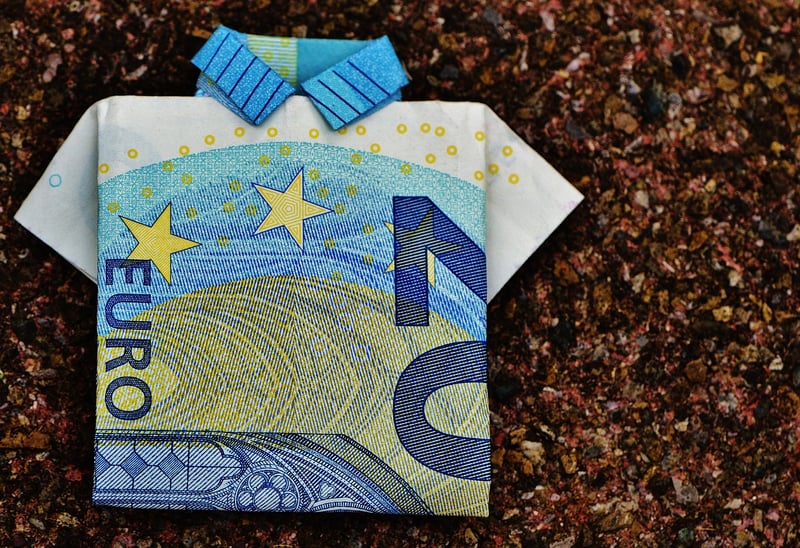Prototyping Techniques
Creating and Refining Products: Exploring Prototyping Techniques
The Importance of Prototyping
Prototyping is a crucial step in the product development process that allows designers and creators to visualize, test, and refine their ideas before final production. By creating prototypes, you can gather valuable feedback, identify potential issues, and make necessary improvements early on, ultimately saving time and resources in the long run.
Types of Prototypes
There are various types of prototypes that serve different purposes throughout the design process:
- Low-Fidelity Prototypes: These quick and simple prototypes help in exploring basic concepts and ideas.
- High-Fidelity Prototypes: More detailed prototypes that closely resemble the final product, allowing for more realistic testing.
- Interactive Prototypes: Prototypes that simulate user interactions and functionalities, providing a more immersive testing experience.
Prototyping Techniques
1. Paper Prototyping
One of the most cost-effective and straightforward prototyping methods, paper prototyping involves sketching out the design on paper to visualize the product's layout and interactions.
2. Digital Prototyping
Using specialized software tools, digital prototyping allows designers to create interactive prototypes with more advanced functionalities and design elements.
3. 3D Printing
3D printing technology enables creators to produce physical prototypes quickly and accurately, providing a tangible representation of the final product.
4. Virtual Reality (VR) Prototyping
VR prototyping offers a unique way to test and experience products in a simulated environment, allowing for in-depth user testing and feedback.
Benefits of Prototyping
By incorporating prototyping techniques into the product development process, creators can:
- Iterate and refine designs based on user feedback
- Identify and address potential issues early on
- Save time and resources by avoiding costly revisions in later stages
- Improve communication and collaboration among team members
Conclusion
Prototyping is a powerful tool that empowers creators to bring their ideas to life, refine their designs, and ultimately deliver products that meet the needs and expectations of their target audience. By exploring various prototyping techniques and integrating them into the design process, designers can enhance creativity, efficiency, and overall product quality.

